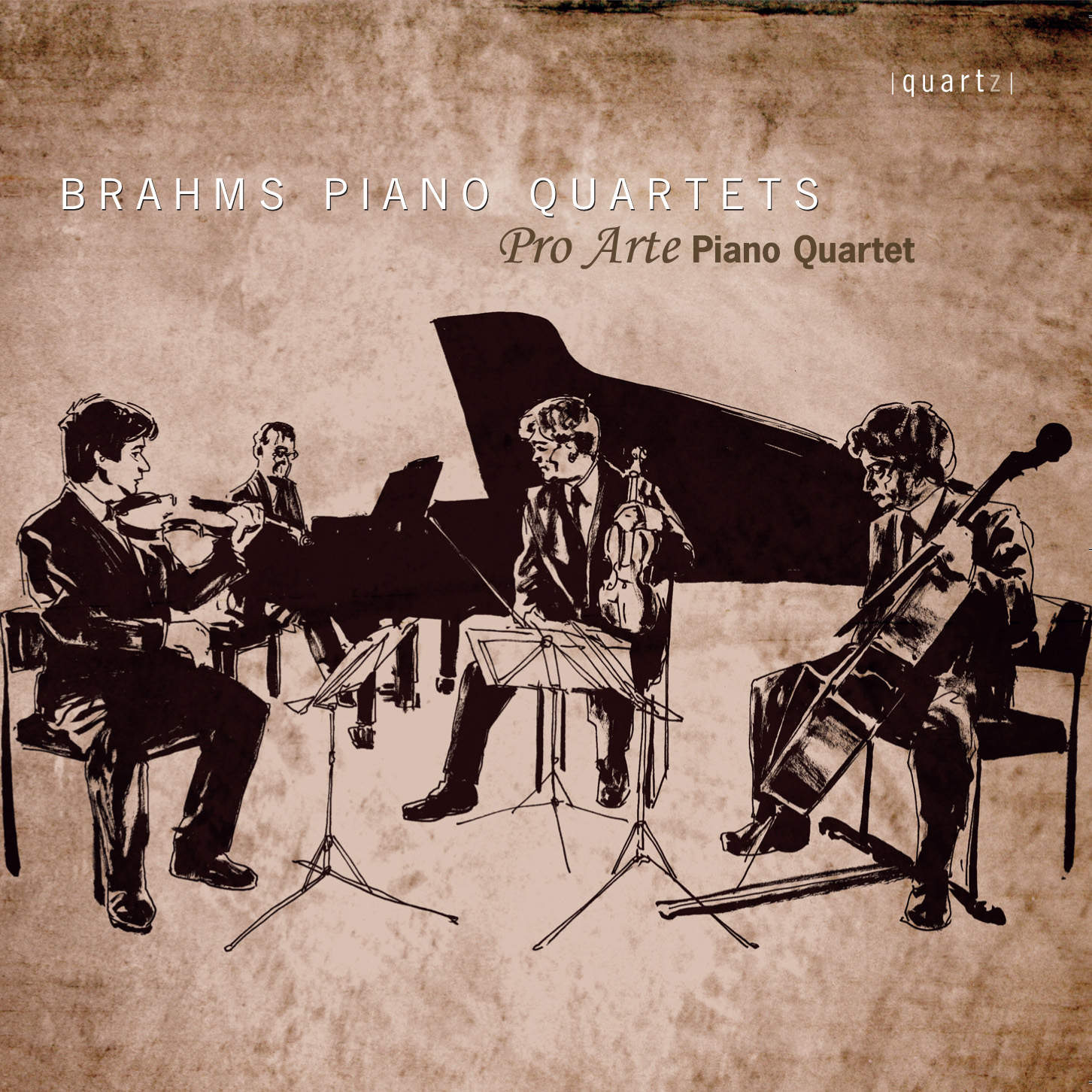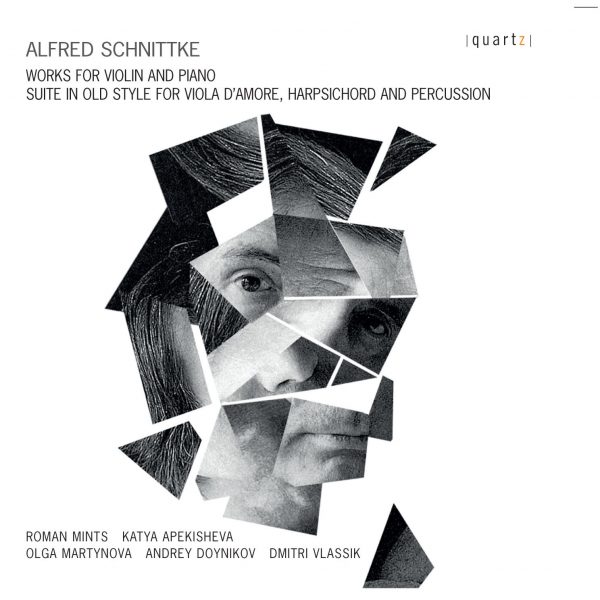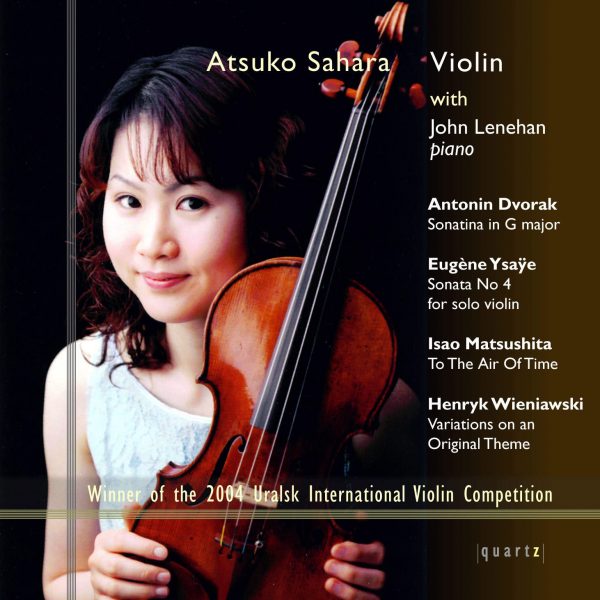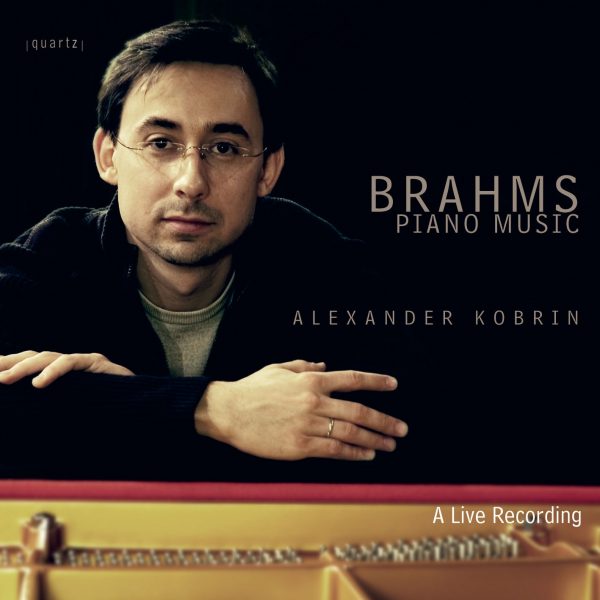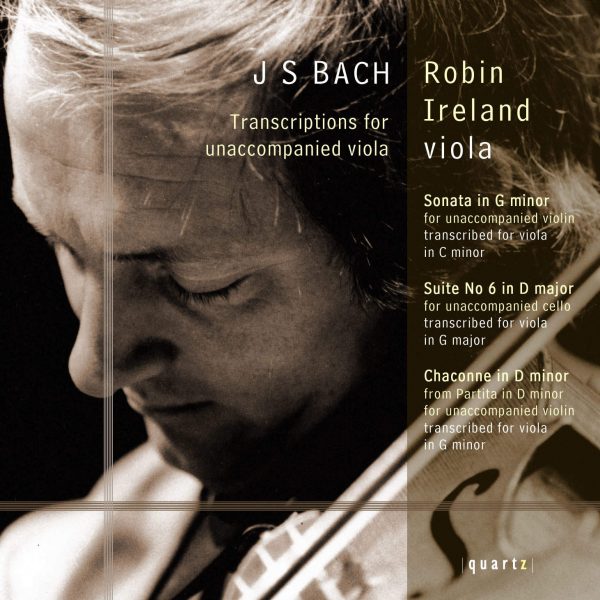Brahms Piano Quartets
Price range: £5.99 through £12.99
Piano Quartet in G minor, Op. 25
Piano Quartet in C minor, Op. 60
Piano Quartet in A, Op. 26
The Pro Arte Piano Quartet was formed in 1989 by principal members of the renowned Academy of St Martin in the Fields Chamber Ensemble in collaboration with pianist Hamish Milne
The Strad commented that “the quartet is a group that – with total musical assurance- quietly produces concerts of exceptional calibre”.
A convincing case could be presented for Brahms’ three Piano Quartets being the greatest of all. Setting aside for the moment an early abandoned quartet in C sharp minor, these works were begun in the first years of Brahms’ maturity. Much has been made of their perfection of form and in this respect, they are certainly a step forward from the early piano sonatas but even though they withstand the most rigorous academic analysis it is surely their wonderful richness and variety of expression that makes them enduring masterpieces.
About This Recording
Given its easy adaptability, it is surprising that the repertoire for piano quartet (in its usual guise of violin, viola, cello and piano) is so little favoured by the great composers. Whereas the piano trio is really a meeting of three soloists and the piano quintet more a combination of opposing or collaborating forces (the string quartet and the piano), the piano quartet shifts easily between these two extremes. Yet Mozart completed only two of the six piano quartets which he was commissioned to write and Beethoven (if we discount three juvenile works) only one, itself a rearrangement of his quintet for piano and winds, while Schubert’s early Adagio and Rondo is more a mini-concerto with string accompaniment. Moving into the Romantic era, only Schumann and Brahms among the giants composed significant works for this medium. Yet there can be little cause for complaint since all the works mentioned above can be considered masterpieces of the first order.A convincing case could be presented for Brahms’ three Piano Quartets being the greatest of all. Setting aside for the moment an early abandoned quartet in C sharp minor, these works were begun in the first years of Brahms’ maturity. Much has been made of their perfection of form and, in this respect, they are certainly a step forward from the early piano sonatas. But even though they withstand the most rigorous academic analysis it is surely their wonderful richness and variety of expression that makes them enduring masterpieces.
Track Listing
-
Johannes Brahms
- Piano Quartet in G minor Op 25 (i) Allegro
- Piano Quartet in G minor Op 25 (ii) Intermezzo (Allegro - ma non troppo)
- Piano Quartet in G minor Op 25 (iii) Andante con moto
- Piano Quartet in G minor Op 25 (iv) Rondo alla Zingarese
- Piano Quartet in C minor Op 60 (i) Allegro non troppo
- Piano Quartet in C minor Op 60 (ii) Scherzo (Allegro)
- Piano Quartet in C minor Op 60 (iii) Andante
- Piano Quartet in C minor Op 60 (iv) Finale (Allegro comodo)
- Piano Quartet in A Op 26 (i) Allegro non troppo
- Piano Quartet in A Op 26 (ii) Poco adagio
- Piano Quartet in A Op 26 (iii) Scherzo (poco allegro)
- Piano Quartet in A Op 26 (iv)
Press Reviews
“the quartet is a group that – with total musical assurance- quietly produces concerts of exceptional calibre” —The Strad
